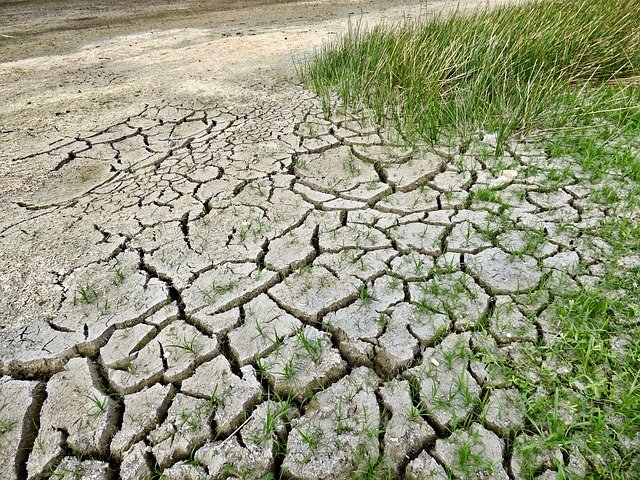Reversing Desertification
As the human population grows, there has become a need for more agricultural land. Humans have resorted to overgrazing, deforestation, and overuse of arable land to grow vast amounts of food to supply the growing population. However, these “solutions” have created an entirely new problem called desertification. Desertification is the degradation of land caused by natural or human factors. With the overuse of arable land, the soil cannot support food sources’ growth; another contributing factor is Climate Change. Climate Change has accelerated desertification, because it forces tropical climates to become dryer.
Causes and Effects of Desertification:
Desertification continues to spread throughout the world because of human ignorance. Human exploitation of the Earth has led to desertification becoming a global issue. Desertification threatens food security, biodiversity, soil degradation, etc. Desertification has become extremely dangerous because of Climate Change. Climate change makes the process of desertification spread more quickly throughout many areas.
Deforestation, overgrazing, and inadequate irrigation systems contribute significantly to desertification. These practices often overlap with each other. After deforestation, the land is often used for livestock or agricultural reasons. All these practices lead to the overuse of the land, leading to soil degradation. The soil cannot replenish nutrients fast enough to support crops/livestock. The land becomes unusable for humans and animals that used to live there. In Brazil, the agricultural economy has deforested a large chunk of the Amazon Rainforest. The once nutrient-rich soil in the Amazon has become dryer. The deforested region is slowly turning into a savanna.
Much of the underlying causes of desertification is the demand for food by humans. The overpopulation of the human race has resulted in a need for food unlike any other time in history. Deforestation is a solution to this demand. The new agricultural land is not made for sustainability. When the ground drys up, farmers move onto the next piece of land.
An effect of desertification is the potential loss of scientific resources. Much of the organisms in the Amazon have yet to be studied/discovered. These organisms can help humans fight diseases.
Fighting Desertification:
During the process of desertification, the soil loses much of nutrients resulting in the soil becoming sand. However, this process can be reversed through erosion control and hyper fertilization of the earth. The method of erosion control creates a controlled environment where farmers and scientists make the soil fertile again. To make the soil fertile, scientists and farmers give shelter to the soil, protecting it from natural processes like erosion. The protection from these processes allows the soil to be implanted with more water and nitrogen. Through this process, soil can be fertilized previously to human encounter.
Another way of fighting desertification is through reforestation, the process of replanting an area with trees. Reforestation prevents further desertification by bringing nutrients back into the environment. The new arable land allows farmers to grow stable crops—one example of reforestation in China. Since the 1970s, China reclaimed almost 2 square km of land per year and plant nearly 66 billion trees. Another such project is the Green Wall of Africa. Another positive aspect of reforestation is how it helps fight climate change. The reforestation projects in these areas help suck in a lot of Co2. Reforestation brings back the natural biodiversity of these areas.
Conclusion:
From the Far East to Africa, to the West, desertification now threatens much of the world. Human activities such as deforestation, poor agricultural practices have led to increasing desertification across the globe. Desertification alongside global warming is threatening human survival. These processes have led to worsened natural disasters and devastated many countries. However, humans can fight desertification with careful planning and sustainable agricultural infrastructure. Lastly, human cooperation can stop the spread of desertification.

